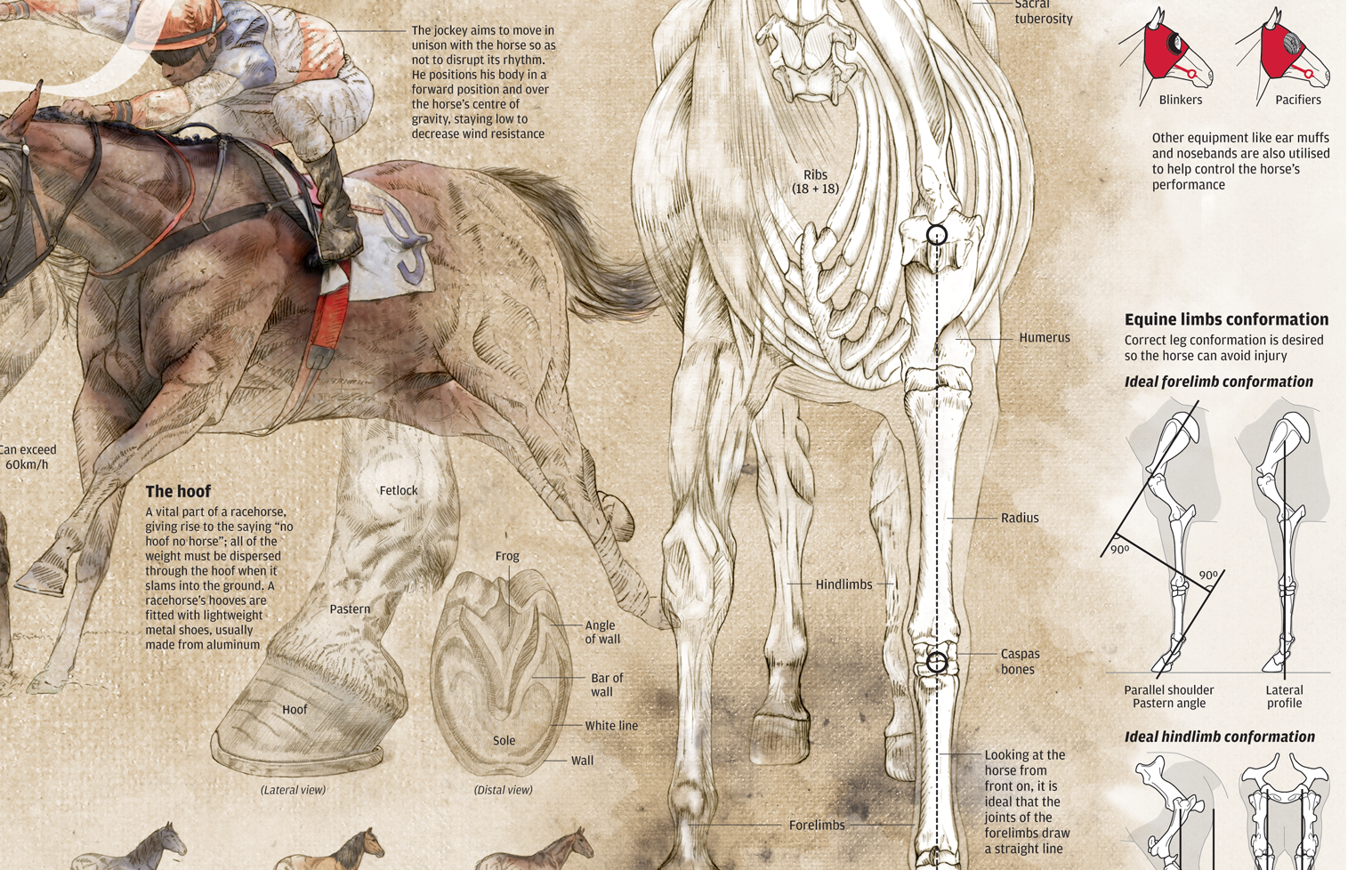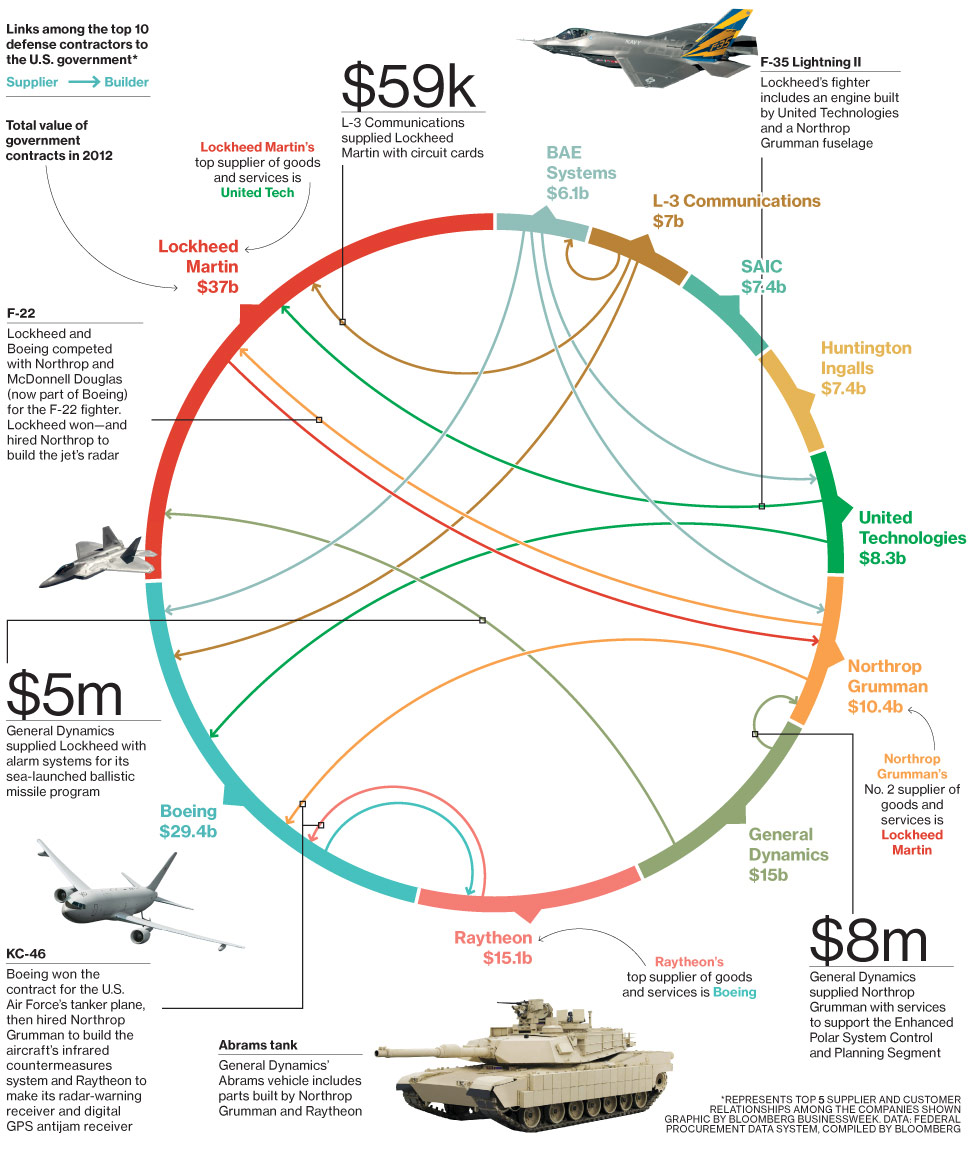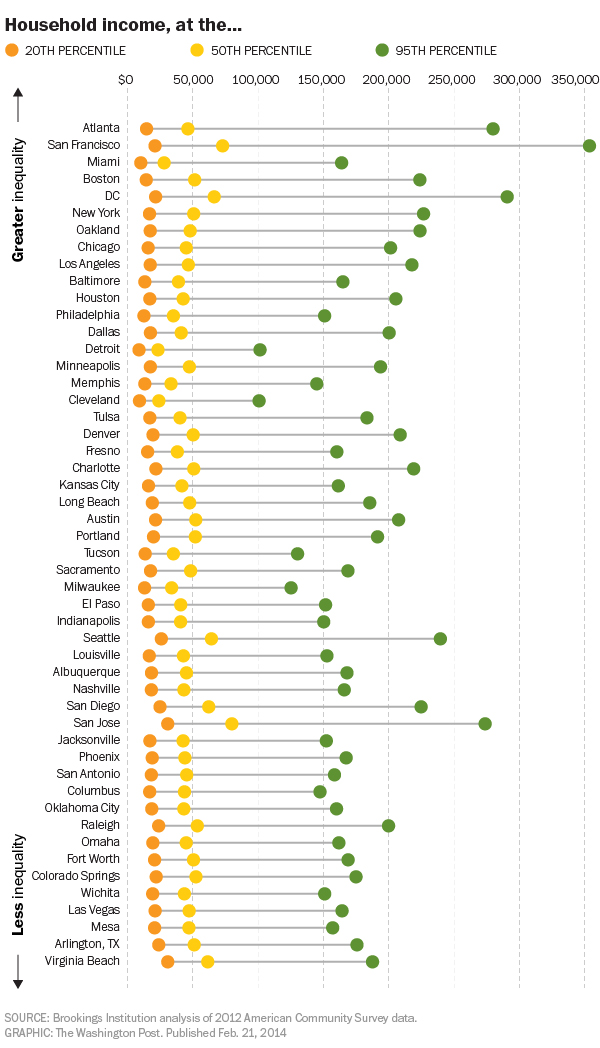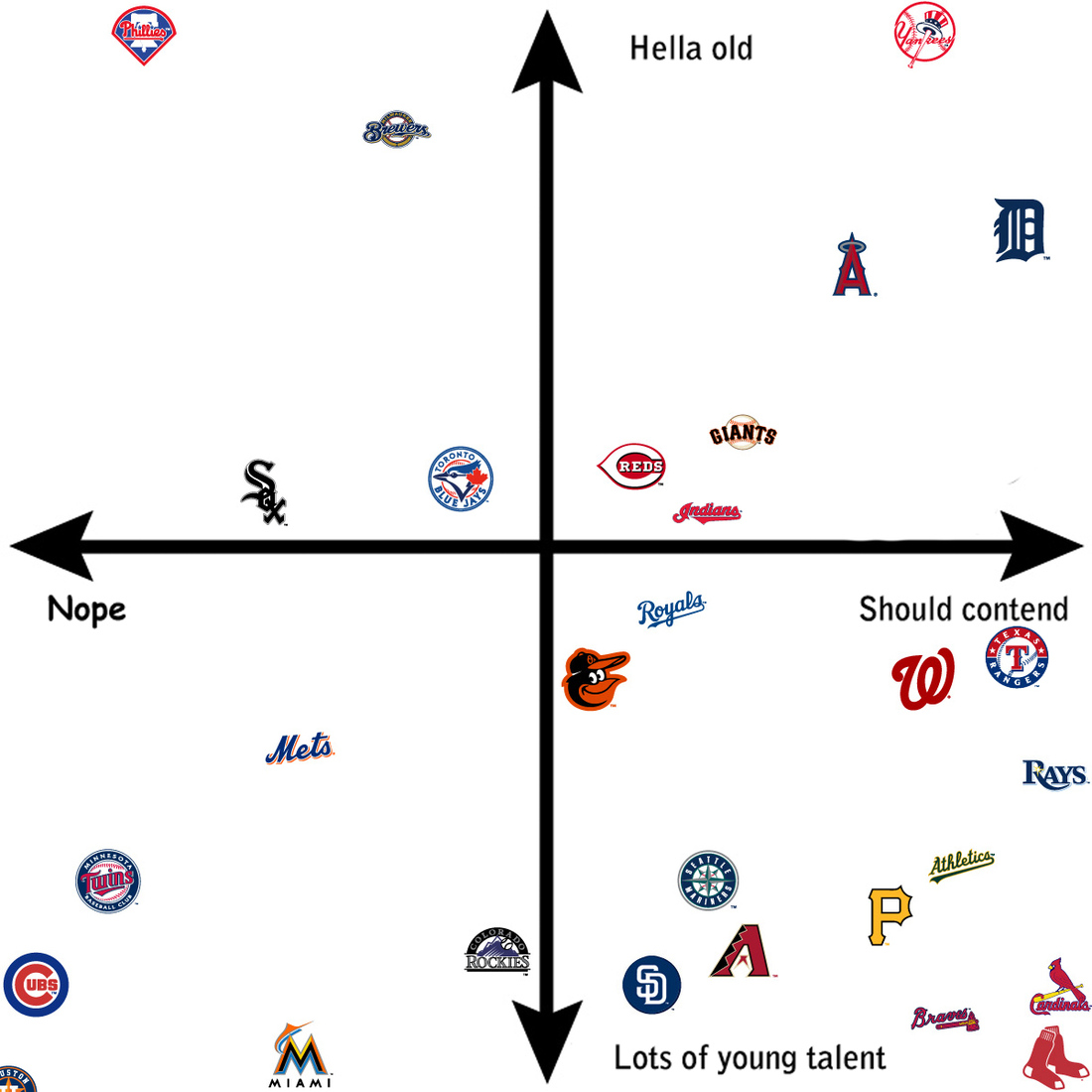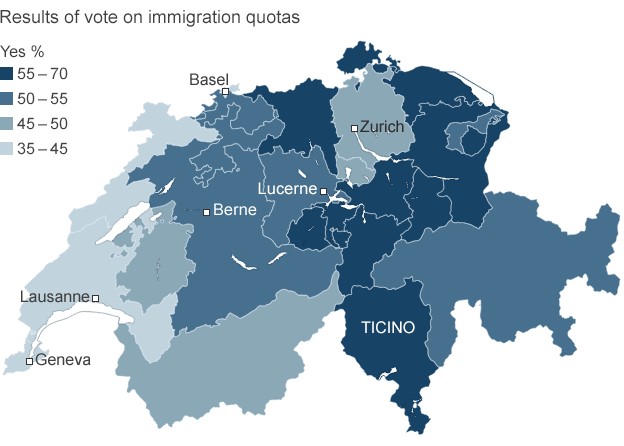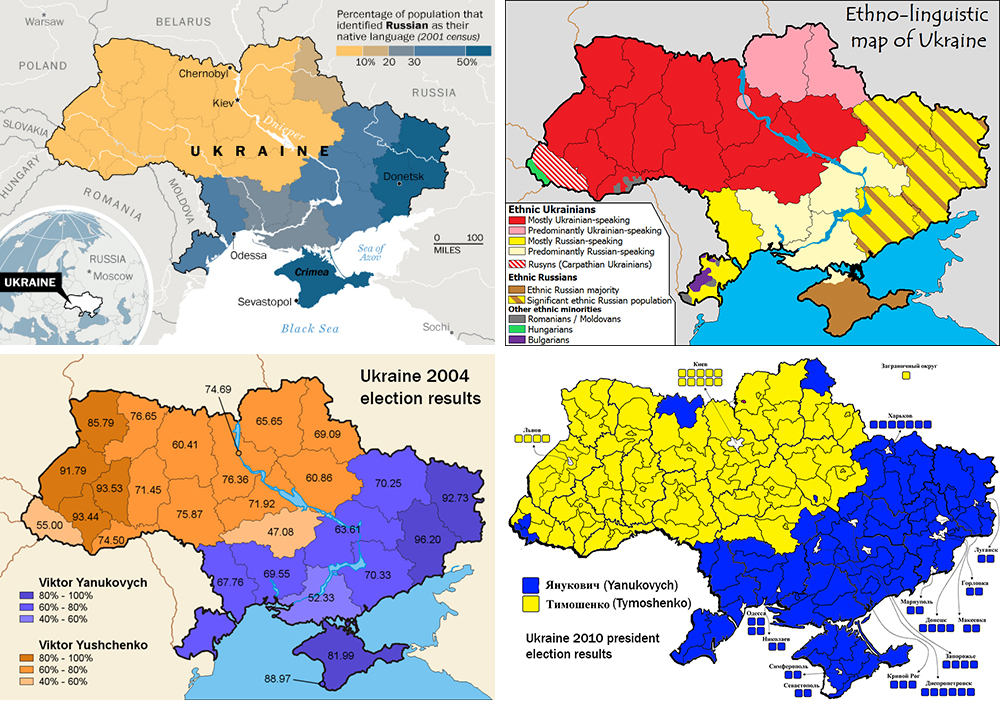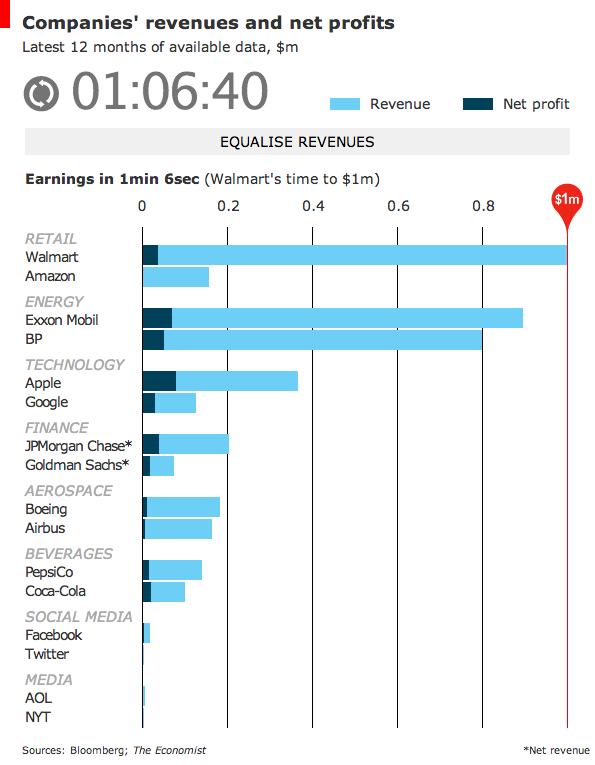If you’ll allow your humble author a humblebrag, I often complain about having to daily deal with people around the world living in a lot of different time zones. How do I keep track of business hours around the world? I don’t. Well, not easily. But thanks to xkcd, this is no longer a problem.

This is only a screenshot. But the actual image actually generally follows the Earth’s rotation. You know, until it stops. Or until we hit daylight saving time. Whichever comes first.
Credit for the piece goes to Randall Munroe.

